Upgrade Your System: A Step-by-Step Guide on How to Migrate OS to Samsung SSD
- Home
- Support
- Tips Data Backup
- Upgrade Your System: A Step-by-Step Guide on How to Migrate OS to Samsung SSD
Summary
Upgrade your system with ease by following our step-by-step guide on Samsung OS migration to SSD. Say goodbye to slow boot times and experience the speed and efficiency of a Samsung SSD. Check out our tips for troubleshooting common issues, and ensure a smooth transition for the ultimate upgrade.
Table of contents


Automatic 4K alignment Improves SSD performance during system migration.
Support GPT and MBR Automatically adapt to the suitable partition format.
Support NTFS and FAT32 Redeploy various files in different file systems.
Back up quickly Back up files at up to 3,000MB/min.
Overall backup schedule Support system redeployment/system backup/partition backup/disk backup/disk clone.
Automatic 4K alignment Improve SSD performance
Support GPT and MBR Intelligently adapt to a partition format
Support NTFS and FAT32 Redeploy files in different file systems
Free TrialFree TrialNow 2000 people have downloaded!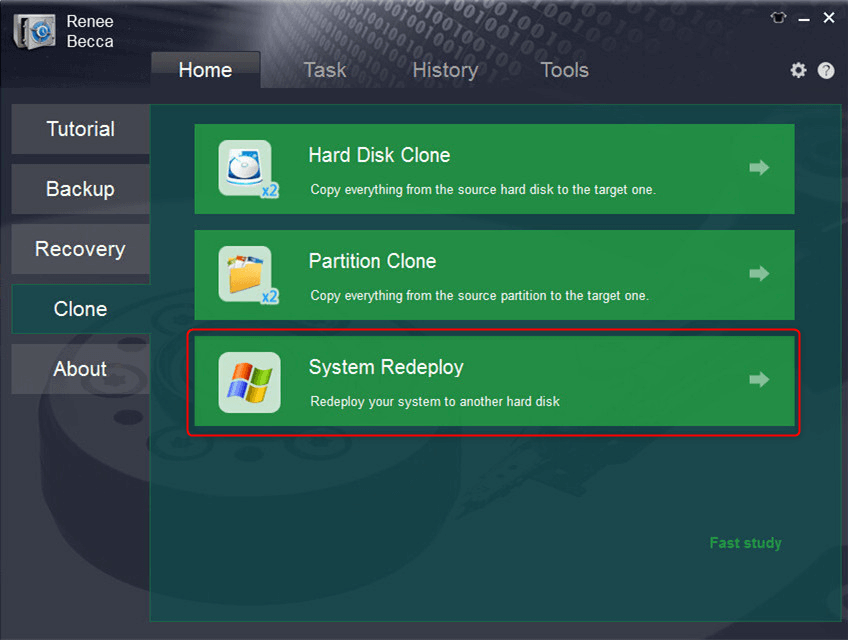
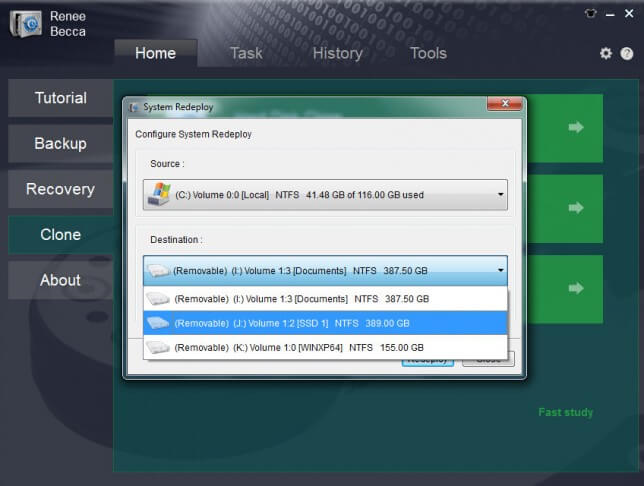
- Allows safe migration of operating system without fresh installation.
- Simple steps for a smooth and hassle-free transfer.
- Improves performance and faster boot times with new SSD.
- Seamless transition without hassle of manual partition adjustments.
Cons:
- Doesn't have a Mac version.Paid subscription required for full access to all features.
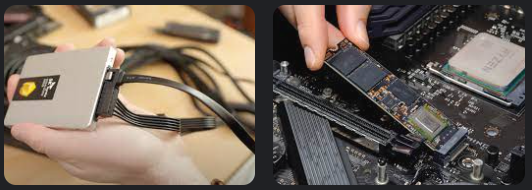
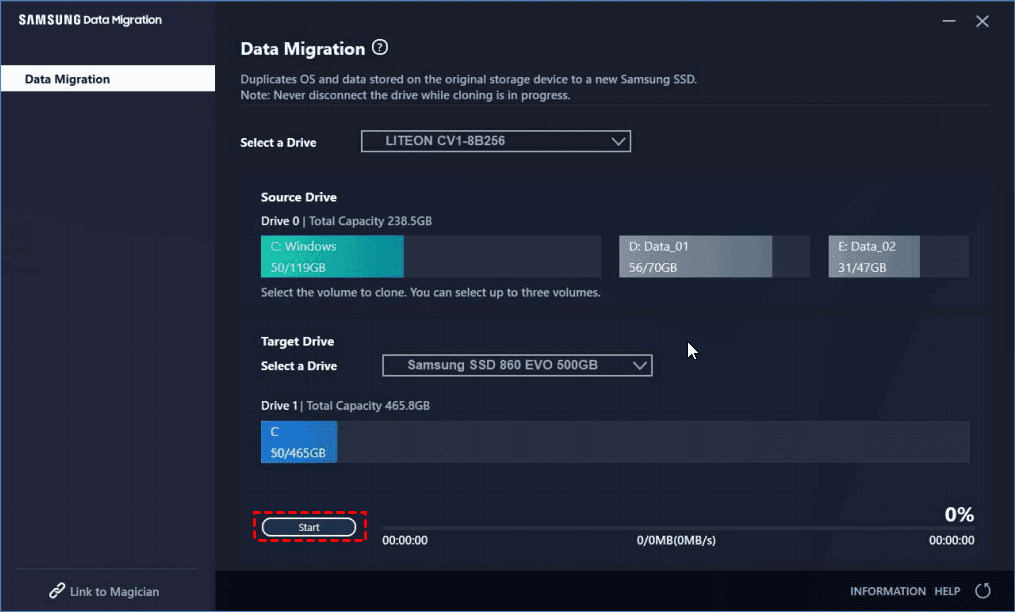
- Quick and efficient way to transfer all data and settings
- No need to reinstall everything if Samsung SSD is larger than original disk
Cons:
- May encounter errors during the cloning process
- Only works for larger Samsung SSDs

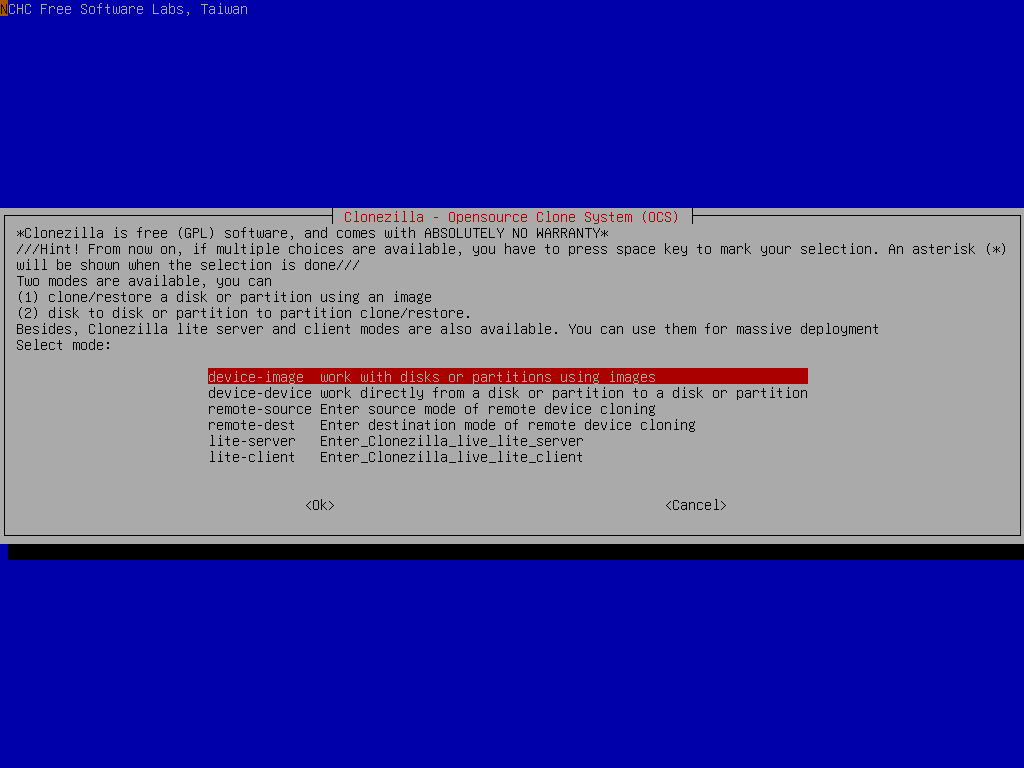
- Free and open-source software
- Relatively easy to use
- Supports different cloning modes
Cons:
- May take longer than using Samsung Data Migration Software
| BIOS Name | Method | The Key or Keys |
|---|---|---|
| Acer | Press Del or F2 immediately after powering on | Del/ F2 |
| Compaq | Press F10 while the cursor in the top right corner of the screen is blinking | F10 |
| Dell | Press F2 when the Dell logo appears/ or press every few seconds until the message Entering Setup appears | F2 |
| eMachines | Press Tab or Del while the eMachine logo displays on the screen | Tab/ Del |
| Fujitsu | Press F2 once the Fujitsu logo appears | F2 |
| Gateway | Press the F1 key repeatedly after restarting the computer | F1 |
| HP | Press the F1/ F10/ or F11 key after restarting the computer | F1/ F10/ F11 |
| IBM | Press F1 immediately after powering on the computer | F1 |
| Lenovo | Press F1 or F2 after powering on the computer | F1/ F2 |
| Nec | Press F2 to enter the BIOS Setup | F2 |
| Packard Bell | Press F1/ F2/ or Del to enter BIOS | F1/ F2/ Del |
| Samsung | Press F2 to start the BIOS setup utility | F2 |
| Sharp | Press F2 after the computer starts | F2 |
| Sony | Press F1/ F2/ or F3 after turning on the computer | F1/ F2/ F3 |
| Toshiba | Press F1 or Esc after powering on to access BIOS | F1/ Esc |
| ARLT | Press Del or F11 when the respective message is shown | Del/ F11 |
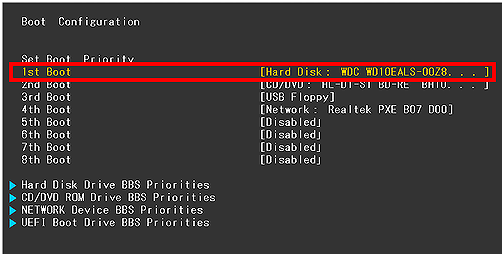
- Make sure the Samsung SSD is properly connected and recognized by your computer.
- Try restarting your computer and pressing the designated key for BIOS again.
- If you have a laptop, try removing the battery and unplugging the power cord, then press and hold the power button for a few seconds before reassembling and turning the computer back on.
- Consult your computer’s manual or contact the manufacturer for further assistance.

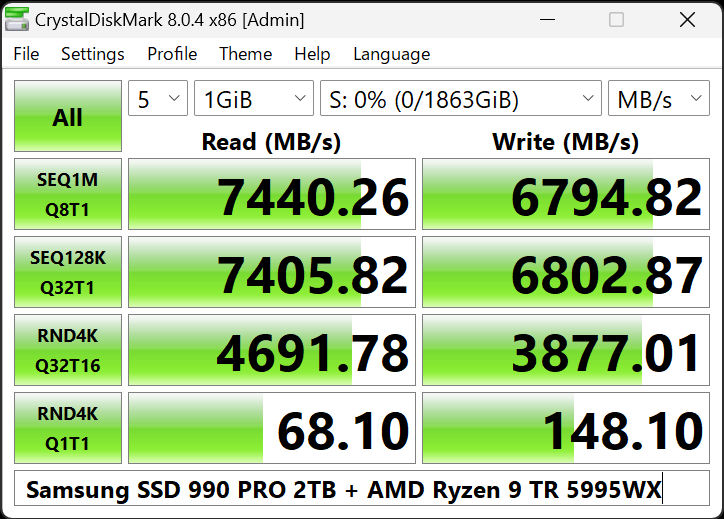
sfc /scannow” command in the Windows Command Prompt.Relate Links :
Migrating Your OS to an SSD: Why It's Worth It
15-11-2023
Amanda J. Brook : Discover the benefits of migrating your operating system to an SSD and learn how to do it with...
Migrate Your Operating System to a New SSD: A Comprehensive Guide
14-11-2023
Ashley S. Miller : Learn how to easily transfer your operating system to a new SSD in this comprehensive guide. Say goodbye...
The Ultimate Guide to Cloning Your OS to a New SSD
13-11-2023
John Weaver : Looking to upgrade your computer's storage with a new SSD? Learn how to easily clone your operating system...
The Hassle-Free Way to Migrate Your Windows 10 to SSD Without Reinstalling
09-11-2023
Amanda J. Brook : Learn how to easily transfer your Windows 10 OS to an SSD without the need for a clean...
- Pre-migration Preparation: Backing up Important Data
- Method 1: Using Renee Becca to Create a Complete and Professional Backup Before the Migration Process
- Method 2: Cloning Your Operating System to the Samsung SSD Using Samsung Data Migration Software
- Method 3: Migrate Your OS to Samsung SSD With Free Cloning Software Like Clonezilla
- Post-migration steps to ensure the system boots from the new Samsung SSD.
- Troubleshooting Common Issues Encountered During the OS Migration Process
- Conclusion




